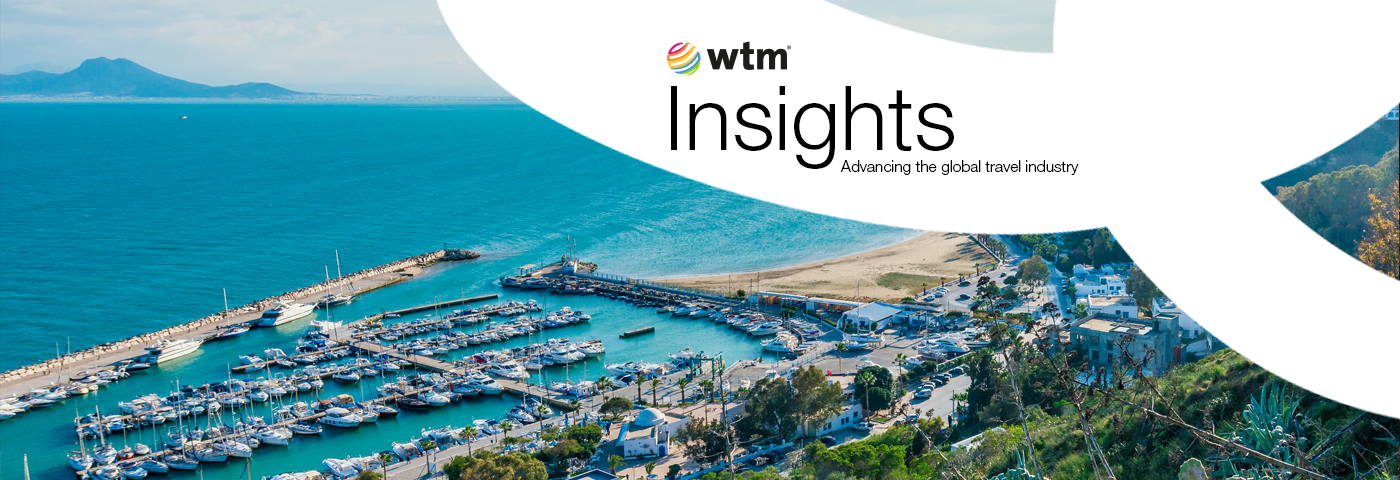Tunisia’s recovery from the impact of two devastating terrorist attacks three years ago has gathered pace during 2018.
Figures from the country’s tourism ministry show that visitor arrivals for this year reached seven million up to the end of October, which was a 17% rise on the same period in 2017.
The Tunisian tourism industry suffered severely in the wake of two terror attacks in 2015 – the killing of 22 people at the Bardo Museum in Tunis in March, which was followed in June by a gunman murdering 38 people, mostly British tourists, at a beach resort in Sousse.
But improved security arrangements have helped to encourage European tourists back to the destination. The top three inbound markets this year for Tunisia have been France, Russia and Germany. Overall, European markets account for 43.9% of Tunisia’s international arrivals.
The UK market is also returning after major tour operators Thomas Cook and Tui resumed offering holidays to the country this year. Their return came after the UK’s Foreign Office lifted advice against all non-essential travel to the country in July 2017.
The Tunisian National Tourist Office says there were 107,000 UK visitors up to October 31 – well ahead of its target of 85,000 for the whole of 2018. It hopes UK arrivals will reach 200,000 in 2019.
Sami Tounsi, trade manager for the tourist office, adds: “Our main focus is to re-establish Tunisia as a reliable and fun destination. All our work is to win back the faith of the British public.”
This momentum from the UK market should continue, as weekly flights to Tunisia are due to increase from 27 this year to 38 in 2019, with services from 13 UK airports – up from eight airports in 2018.
Both Thomas Cook and Tui are increasing flights next summer from regional UK airports to Enfidha-Hammamet International, a major gateway to Tunisia’s beach resorts. Cook is also introducing two new own-brand resorts in the country.
Tunisia’s tourism minister Selma Elloumi Rekik says that overall international tourism arrivals should reach eight million by the end of this year. The most popular areas for international tourists to visit are Djerba, which has hosted 5.8 million overnight stays this year, followed by Sousse with 4.3 million guest nights.
Tourist authorities are also focusing on fast-growing markets such as Russia and China. The latter market is relatively small at just 22,000 for the first 10 months of the year, although this was a rise of 43% year-on-year.
Elloumi Rekik says the country is trying to entice more Chinese visitors through the introduction of direct flights, installing Chinese signs, upgrading payment methods and opening more Chinese restaurants in the destination.
Luxury developments
Tunisia’s profile is also set to benefit from the opening of a series of new luxury resorts around the country during the next few years.
The process has already started with the opening of the 203-room Four Seasons Hotel Tunis in the Tunisian capital a year ago – the upmarket brand’s first property in the country.
It was followed in spring 2018 by the unveiling of Movenpick’s 189-room Hotel Du Lac Tunis, while Anantara Tozeur Resort is scheduled to make its debut in early 2019 in the south-west of the country.
Anantara’s first Tunisian property will be located on the edge of the Sahara and the hotel will offer day trips to abandoned desert villages including Mides, where the original Star Wars movie was shot in the 1970s.
There are also plans for a Six Senses-branded resort in Tunisia, which will be situated in Gammarth on the coast near Tunis, although no date has been announced for the opening of this property, which will feature 67 suites and pool villas.
All of these developments should help Tunisia’s tourism industry to expand, with Euromonitor International predicting an average annual growth rate in global arrivals of 3.5% up to 2023.


